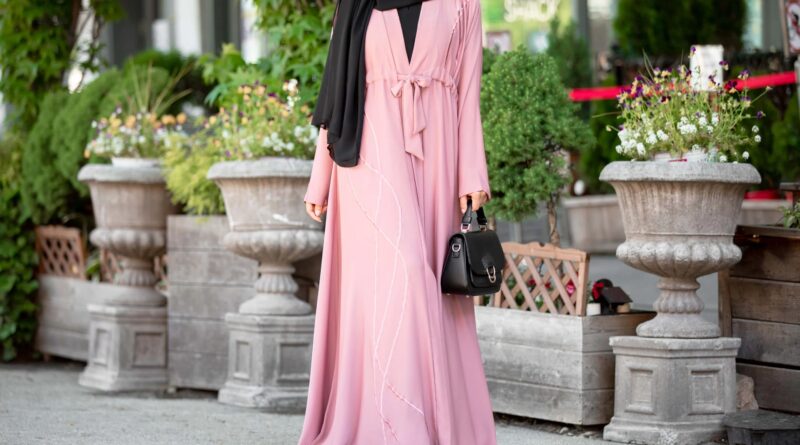The Enigma of Children’s Abaya Obsession: Unraveling the Fascination
The abaya, a traditional Islamic dress worn by women, has captivated the interest of children in recent years. This article aims to delve into the reasons behind this growing fascination. By exploring the cultural significance, fashion influences, and personal expressions associated with the abaya, we can gain insights into why children are drawn to this attire.
Cultural Significance
The abaya holds deep cultural and religious significance in many societies. It symbolizes modesty, piety, and adherence to religious values. Children possess a natural curiosity about different cultures, and the abaya provides them with an avenue to explore and appreciate diverse traditions. By donning an abaya, children can embrace a sense of cultural understanding and inclusivity, fostering respect and tolerance from an early age.
Fashion Trends and Influences
Fashion trends play a significant role in shaping children’s preferences. Abayas have evolved over time, blending traditional designs with contemporary elements. Designers have introduced vibrant colors, intricate embellishments, and stylish cuts, making abayas visually appealing to children. Fashion icons, social media influencers, and celebrities have also contributed to the popularization of abayas, influencing children’s choices and fueling their interest.
Imagination and Role-Playing
Children have an innate inclination towards role-playing and imaginative activities. The abaya offers them an opportunity to step into various roles, whether it involves pretending to be a princess, a character from a fairy tale, or a fashion-forward individual. The loose-fitting nature of the abaya provides comfort and freedom of movement, enabling children to engage in creative play and express their individuality.
Personal Expression
Wearing an abaya empowers children to express their personal style while respecting cultural and religious boundaries. With a diverse range of designs, patterns, and fabrics available, children can choose abayas that resonate with their unique personalities. This sense of self-expression fosters confidence and helps children develop their own fashion preferences from an early age.
The Symbolic Significance: Exploring the Meanings and Symbolism Associated with Children’s Abayas
Under this heading, the article would delve into the symbolic significance of children’s abayas and explore the deeper meanings associated with them. It would discuss how the abaya represents modesty, spirituality, and cultural identity. The article could delve into the historical and cultural contexts in which the abaya originated and how it has evolved over time. It would also explore the symbolism behind specific design elements, colors, and patterns commonly found in children’s abayas, highlighting their cultural and religious connotations.
The Empowering Impact: Abayas as a Source of Confidence and Self-Expression
Under this heading, the article would explore how wearing abayas can empower children by providing them with a sense of confidence and a means of self-expression. It would discuss how the choice of abaya designs, colors, and accessories allows children to showcase their individuality while adhering to cultural and religious values. The article could highlight personal stories or anecdotes of children who have found empowerment and boosted self-esteem through their abaya choices.
Nurturing Cultural Awareness: How Abayas Encourage Respect and Appreciation for Diversity
This section would focus on how wearing abayas can foster cultural awareness and promote respect for diversity among children. It would discuss how the abaya serves as a tangible representation of different cultures and traditions, encouraging children to learn about and appreciate the values and customs associated with it. The article could touch upon the educational aspect of wearing abayas, such as how it facilitates conversations about cultural diversity and religious tolerance.
Abaya Fashion Revolution: Evolving Trends and Designs for Children’s Abayas
Here, the article would delve into the evolving fashion trends and designs in the realm of children’s abayas. It would explore how designers have transformed traditional abayas to make them more appealing to children through the use of vibrant colors, playful patterns, and modern cuts. The article could showcase examples of innovative abaya designs and discuss how fashion influencers and celebrities have played a role in popularizing these trends. It would also touch upon the influence of social media and its impact on shaping children’s preferences for abayas.
Conclusion:
The growing fascination among children with abayas can be attributed to several factors, including the cultural significance, influence of fashion trends, opportunities for imagination and role-playing, and avenues for personal expression. Children’s interest in abayas not only promotes cultural understanding and inclusivity but also encourages creativity and self-confidence. As the targeted abaya dress market expands, with affordable options available, more children can engage with this traditional garment and appreciate its beauty and symbolism.




